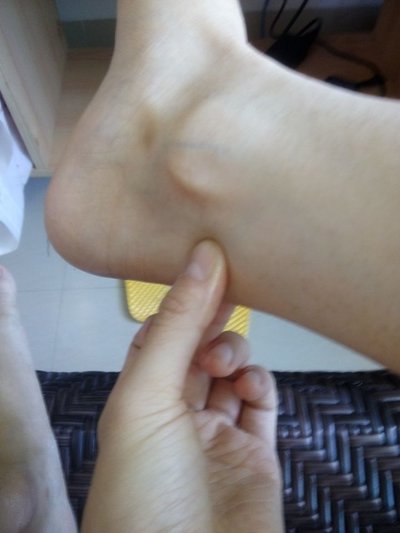Symptoms of neonatal hydrocephalus
summary
Hydrocephalus is a kind of disease that the cerebrospinal fluid secretion is too much or (and) circulation and absorption disorders caused by brain diseases, resulting in the increase of cerebrospinal fluid volume, ventricular system expansion or (and) subarachnoid space expansion. The typical symptoms are headache, vomiting, blurred vision, optic nerve papilledema, occasionally with diplopia, vertigo and seizures. Although 20% of untreated congenital hydrocephalus can stop developing, about half of the children die within one and a half years. Neonatal hydrocephalus symptoms to share with you my views.
Symptoms of neonatal hydrocephalus
With the increase of head circumference, the baby's head gradually increases within a few weeks or months after birth, and the anterior fontanelle also expands and bulges. The growth ratio of the head and trunk is out of balance. For example, the head is too large and too heavy and falls in front of the chest. The head is not in proportion to the face. The head is large and the face is small, the forehead is prominent, the mandible is thin, the skull is thin, and there are also superficial vein tension, and the scalp is glossy.

When the anterior fontanel is enlarged, the tension is increased, the fontanel is still bulging but not depressed, and there is no normal pulsation, it means that the intracranial pressure is increased. The main manifestation of increased intracranial pressure in infancy is vomiting. Because the baby can't speak, it often shows discomfort and pain in the head by scratching, shaking head, crying, etc., and drowsiness or drowsiness may occur when the condition worsens.

If the thickness of brain tissue (cortex and white matter) is less than 1cm, use a strong flashlight to directly contact the scalp. If there is brightness in the transillumination, it is positive; if there is normal brain tissue, it is negative (no brightness).

matters needing attention
Other children with hydrocephalus often have other malformations, such as spina bifida, intraocular deviation (caused by abducent nerve paralysis), increased muscle tension of both lower limbs, hyperreflexia of knee tendon, growth retardation or severe malnutrition. CT signs are ventricular enlargement. Moderate and severe hydrocephalus can be diagnosed by one scan. Mild hydrocephalus can only be diagnosed by multiple observation.











